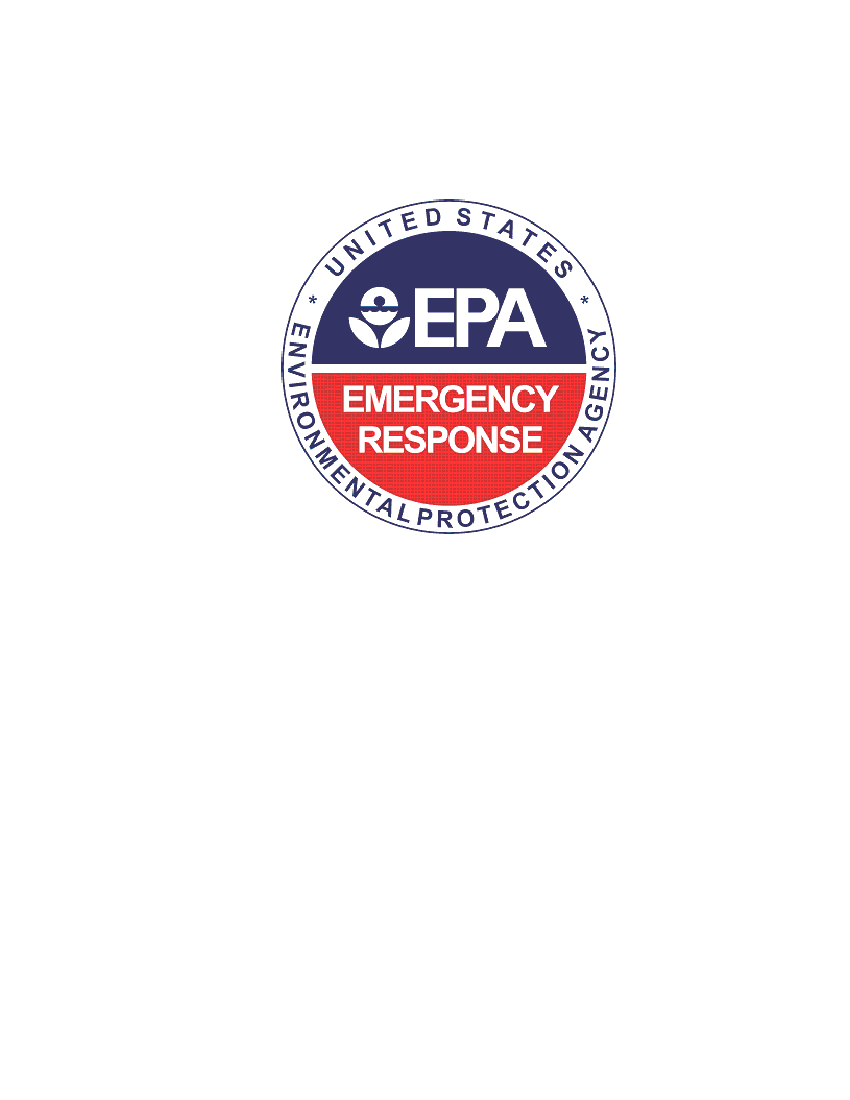
U.S. ENVIRONMENTAL PROTECTION AGENCY
POLLUTION/SITUATION REPORT
Statoil Eisenbarth Well Response - Removal Polrep
Initial Removal Polrep
UNITED STATES ENVIRONMENTAL PROTECTION AGENCY
Region V
Subject:
POLREP #1
Initial POLREP
Statoil Eisenbarth Well Response
TBD
Clarington, OH
Latitude: 39.6974000 Longitude: -80.8980000
Mark Johnson, ATSDR
Mark Durno, U.S. EPA
Jason El-Zein, U.S. EPA
HQ EOC, U.S. EPA
Matt Mankowski, U.S. EPA
Matt Marcinko, OSHA
Jo Ann Banda, U.S. FWS
Wesley Feldner, ODNR Division of Wildlife
Kirk Kiefer, ODNR Division of Wildlife
Sheila McAnaney, USEPA
Mike Sherron, OEPA
To: